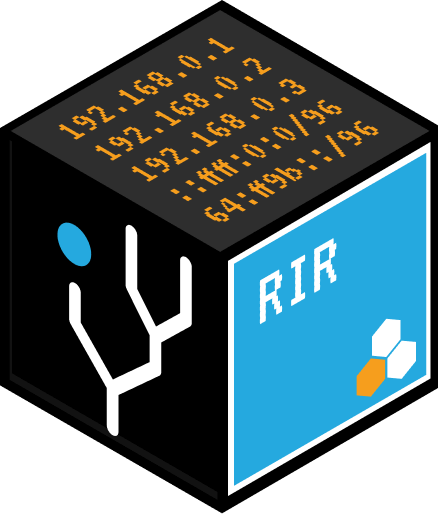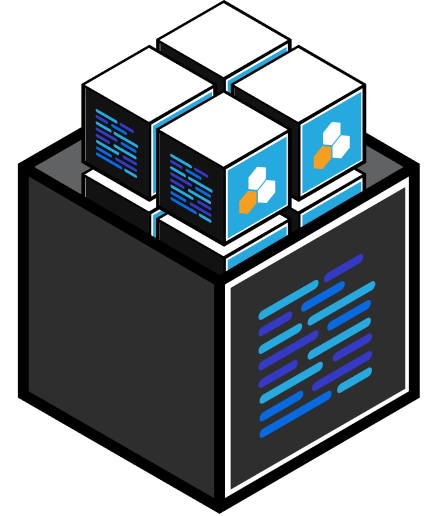6connect’s CEO, Aaron Hughes, worked amongst IPv6 leaders for the past several months on creating the IGF 2015 Best Practices Forum on IPv6, a ~70 page document that was prepared for the International Governance Forum held in November in Brazil. In addition to spending several months preparing this important industry document, Hughes was a speaker in two panel sessions. This is part 1 of a 5 part series with critical information pulled from the Best Practices Forum.
Many folks may ask, why do I need to adopt IPv6? The availability of IPv4 addresses is now extremely limited, and the demand for IP addresses will only increase as time goes on, as the Internet expands, as more devices are connected, and as more people come online. The availability of IPv6 addresses is, with proper management, effectively limitless.
The Internet’s sustainable growth depends on IPv6 adoption; the booming mobile market and the Internet of Things (IoT), especially, will require much more IP address space than is available with IPv4.
While these circumstances alone should motivate businesses, governments, and all others invested in the Internet to adopt IPv6, the new protocol’s adoption rate has been more sluggish than some had hoped. Today, the global uptake of IPv6 compared to IPv4 is still relatively low.
The availability of IPv4 addresses is now severely limited. As at June 2015, all RIRs, except for AFRINIC, had essentially run out of IPv4 addresses. Some RIRs developed policies to allocate limited quantities of IPv4 addresses to new network operators, but the demand for IP addresses will eventually exhaust this remaining supply.
The Best Practice Forum (BPF) discussed two “stopgap” measures that developed in response to the impending exhaustion of IPv4. First, a new “market,” where IPv4 addresses are bought and sold in private transactions. Second, techniques like NAT, which allow multiple devices to share a single IP address to connect to the Internet – a temporary solution that comes with drawbacks.
IP addresses are allocated to RIRs in the first instance from IANA. RIRs then allocate them to ISPs and other organisations. Most RIRs have run out of IPv4, so, in lieu of taking the steps to adopt IPv6, some networks that find themselves in need of more IP addresses have been turning to an “aftermarket” for IPv4.
These “aftermarkets” developed in 2011. IPv4 addresses and address blocks are bought and sold in private transactions between parties, or with the help of so-called “IPv4 address brokers.” These sales are private. Prices vary and are not always made public, but some sources mention prices of 9 USD – 10 USD per address. One commentator has elaborated on the (indirect) effects of this aftermarket, warning that the “current unstructured nature of the secondary market risks hiding the true cost of such secondary market transactions”.
Large amounts of money are being paid to acquire IPv4 addresses. For example, Microsoft paid Nortel $7.5 million for IPv4 addresses in 2011, or $11.25 per address. Government departments are buying and selling IPv4 addresses as well.
Initially, these deals happened outside of the RIR system. RIRs responded by developing policies in that guide such transfers. For organizations under contract with an RIR for its IP address space, “aftermarket” IPv4 transfers are managed via the RIR policy. Most transfers of IPv4 addresses are free from incident, but there have been cases of routing misbehavior and hijacks.21 Sometimes, IPv4 address transfers can complicate geolocation services.
One contributor said that the IPv4 market is currently growing, but that some expect a downturn in transfers to begin by 2016 – speculating that its “overall viability will begin to degrade within a relatively short time frame.”
Until recently, there has been little immediate benefit in deploying IPv6 and, in competitive terms, no “early adopter” advantage. This contributed to the slow deployment of IPv6, prior to around 2012.
However, now, more Internet users are connecting via IPv6. As at the date of writing, Google measurements, for example, indicate that nearly 25% of end users in the United States now use IPv6. More content is being made available over IPv6. Now, 10% of Google’s traffic is delivered via IPv6, as of December 2015. The immediate benefits to deploying the new protocol are gaining visibility, which should help drive the rate of IPv6 adoption.
As a content provider, it is entirely possible to host and deliver all content over IPv6. When content is made available via IPv6, IPv6-using end users will immediately start to receive their content via the new protocol, in preference to IPv4. In many cases, performance will be improved for them; traffic will not be flowing through NAT or CGN devices, but directly to their device. In one example, Facebook measured a direct performance benefit to IPv6-enabled mobile handsets. “Users’ News Feeds load[ed] 20 to 40 percent faster.”
By providing end users with IPv6 services, network operators can access content available over IPv6. This will remove the traffic load on CGN infrastructure and bypass NAT functions in customer NAS (Network Access Server) devices.
Provided their ISP offers IPv6 services, users with IPv6-enabled devices can access content from IPv6-ready content providers, with improved performance. IPv4 connectivity may still be required by some software and services. In this case, an end user’s ISP will continue to provide IPv4 services, which will be used automatically by a connected device as needed.
Today, almost every mobile device is connected to the Internet via a private IPv4 address, meaning that it relies on CGN technologies within the mobile operator network. If a mobile connection is shared (whether from a smartphone, tablet, or a dedicated mobile hub), then this introduces a second layer of NAT, which adds to the complexity of the connection. As the Internet expands, as more devices become connected, and as more people come online, IPv6 will become more and more critical.
Stay tuned for parts two through five of the series.
Questions? Concerns? You can contact us at 6connect to speak directly with an engineer. If you are looking to automate and scale your provisioning, we’ve got your back.
Email: info@6connect.com or call +1 (650) 646-2206.







